Behind the Scenes
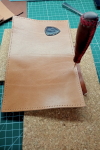
"Attention to detail" has been so overused in advertising that we've become numb to something that is, in truth, often just ordinary or even poor in quality.
In the language of advertising and branding, certain expressions get repeated until they lose all impact. “Attention to detail” is one of those phrases, now emptied of meaning. An aesthetic promise that no longer guarantees anything except a superficial gloss of fake value.
(How a $650 wallet from a renowned brand is made)
An expression that once held weight
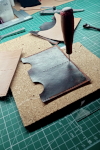
Once upon a time, saying something was "Crafted with attention to detail" meant something. It implied craftsmanship, care, expertise. A detail wasn’t decorative. It was the expression of a vision. Today, the same phrase is used to describe everything from a polyester pocket square to a PVC front door.
From promise to subtle deception
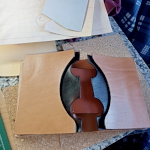
The problem isn't just overuse. It's the constant association with products that are not truly refined. The expression is used to lend an air of quality to standardized items, often mass-produced, rushed, and made with cheap materials. It has become an elegant lie, a way to dress up the ordinary (or worse, the shoddy) as something “sophisticated.”
But to me,

"Attention to detail" means creating the tools when the existing ones aren’t enough. Like my hand-shaped cutting awls, crafted to produce the exact hole shape needed. The essential foundation for the stitching style I want to achieve.
"Attention to detail" is not just a phrase: it’s a seam that lasts for decades.
It’s delivering a product already nourished with natural substances that will help it last longer over time.
It’s the uncompromising use of premium materials, even in the places the eye will never reach.
"Attention to detail": it’s craftsmanship I proudly sign my name to.

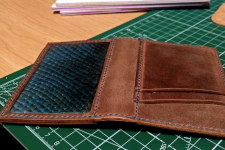
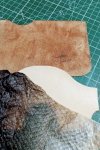

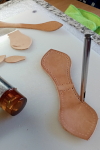
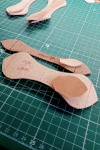

Menu
